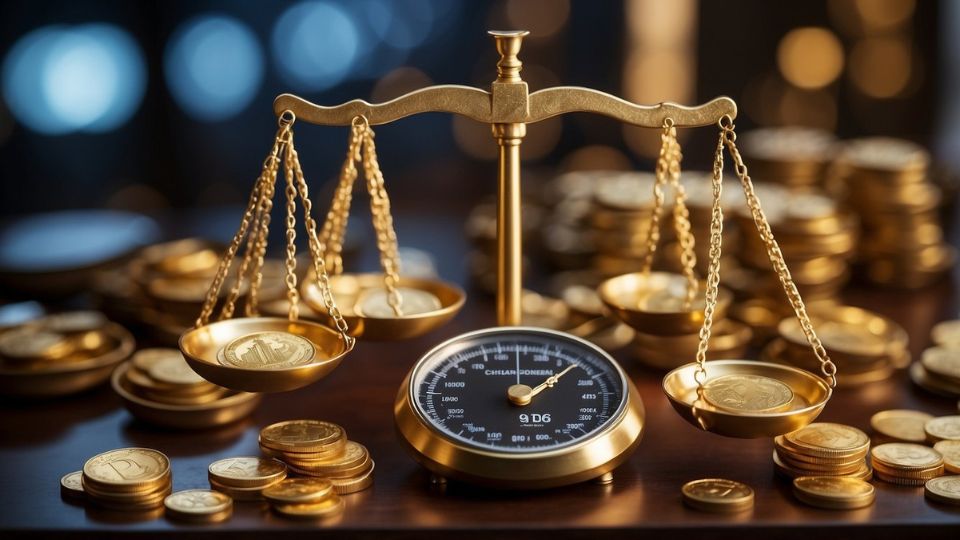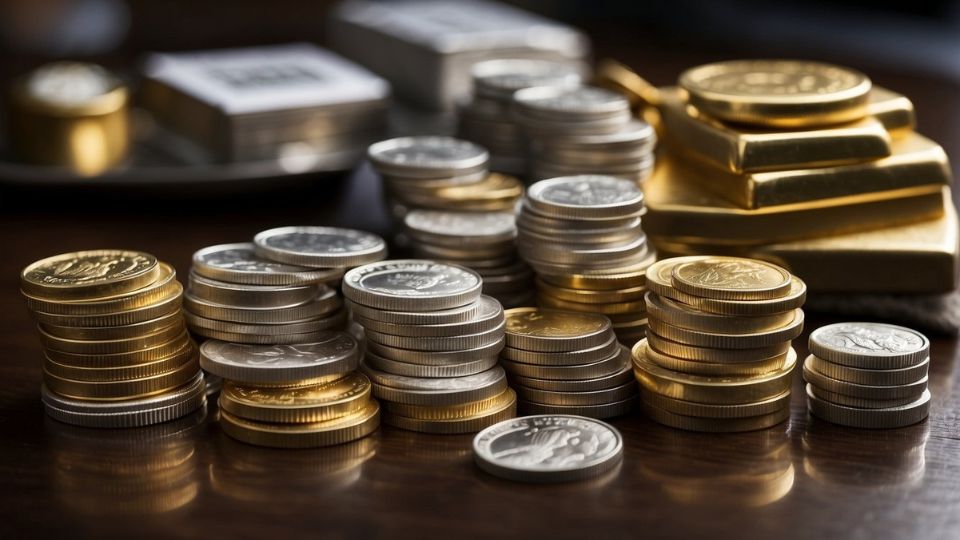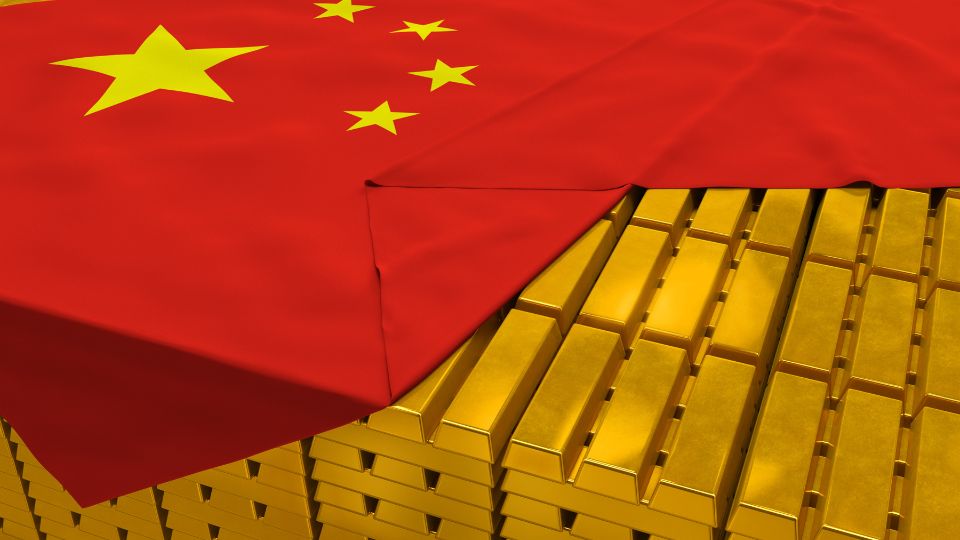From geopolitical tensions to market dynamics, see how various elements have contributed to gold prices skyrocketing unexpectedly over $2,250.
Today, gold prices have witnessed an extraordinary phenomenon as the price per ounce has soared beyond the $2,250 threshold. This new market development has pushed gold prices to all-time highs and has caught the attention of investors and economists alike.
This surge is not the product of a single factor but rather the culmination of several interconnected global events and policies. Central among these are the high debt levels and loose monetary policies adopted by many countries in response to economic pressures. For example, the US is now facing the highest level of national debt in its history, over $30 trillion. Even more alarming is the fact that the US debt is rising by an incredible $1 trillion every 100 days.
These massive debt obligations and dubious fiscal strategies have had broad ramifications, contributing significantly to asset price inflation across a spectrum of investments. Additionally, gold prices have been influenced by heightened global geopolitical tensions and strategic financial maneuvers by major global players, notably China.
The combination of these elements has reinforced gold’s status as a coveted asset in times of uncertainty.
The Foundation of Gold’s Value
Gold has long been esteemed for its enduring value, serving as a cornerstone in the financial systems of civilizations across history. Its appeal lies in its ability to act as a stable store of value and a hedge against inflation. This quality that has only grown in importance in today’s volatile economic landscape.
The current global economic climate, marked by expansive monetary policies and escalating US debt, has set the stage for widespread asset price inflation. This inflation is not limited to gold; it extends to US real estate house prices, cryptocurrencies, and everyday commodities, reflecting a broad devaluation of currency value.
However, gold’s intrinsic value and its perceived reliability in preserving wealth have propelled its demand and price to unprecedented levels. Unlike other assets that might depreciate due to technological advancements or market saturation, gold maintains its allure. At a minimum, it offers a semblance of security amidst the financial storms spurred by current economic policies and the ensuing debt crisis.
Its role as an inflation hedge is now more pertinent than ever. Worried investors globally are seeking refuge in this timeless asset. By buying gold they are trying to safeguard their investments against the eroding effects of inflation.
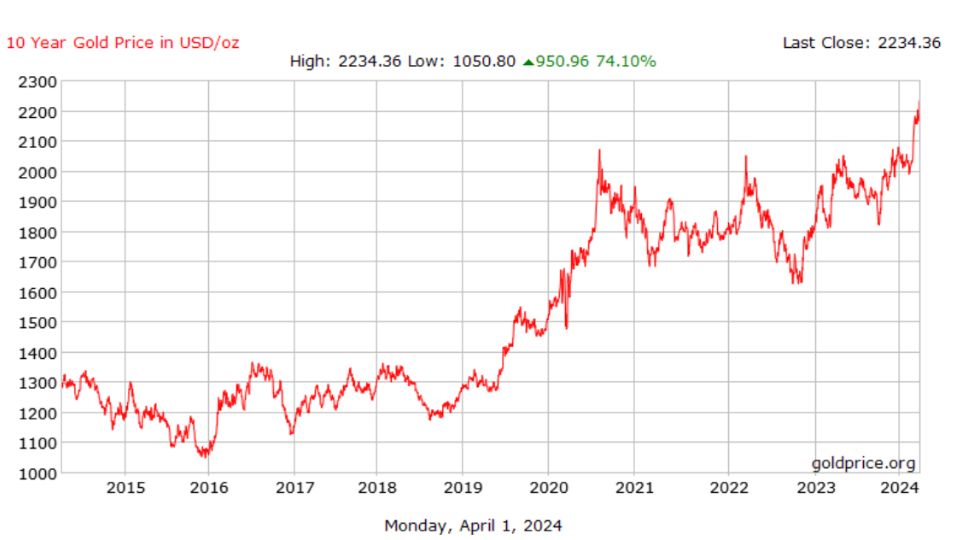
Asset Price Inflation and Gold
The phenomenon of asset price inflation has become increasingly evident across various sectors of the economy. The constant increase in prices across multiple sectors signals a significant shift in the valuation of tangible and intangible assets. Arguably, the inflationary trend is most prominent in the US real estate market, where home prices have reached record highs.
Similarly, the cryptocurrency market has experienced a remarkable recovery, with values rebounding significantly from previous lows. Even though the blockchain is a new technology, the price increases underscore the growing appeal of digital assets as alternatives to traditional financial systems.
Furthermore, the escalation in general household costs such as grocery prices has impacted consumers worldwide. This reflects broader inflationary pressures on essential goods and services.
Amid these developments, gold has solidified its status as a stalwart against inflation. Its reputation for preserving value during periods of monetary expansion and depreciating currency values has never been more relevant.
Central banks continue to print money in an effort to stimulate economic growth and pay their debts. In this non-virtuous cycle, gold remains a preferred choice for investors seeking to hedge against the inflationary erosion of their wealth.
This enduring confidence in gold’s protective capabilities highlights its unique position within the investment landscape, offering stability and security amidst the fluctuations of asset price inflation.
Geopolitical Tensions and Gold Price
Geopolitical tensions have historically acted as catalysts for movements in the gold market. The recent conflicts, such as those between Russia and Ukraine, and the tensions involving Israel and the Palestinians, have been no exception.
These conflicts exacerbate global uncertainties, prompting investors to seek safety in assets that are less susceptible to economic and political instability. Gold, with its intrinsic value and historical significance as a universal form of currency, naturally becomes a prime beneficiary during such times.
The demand for gold increases as it is perceived as a safe haven, a refuge for capital in a world of unpredictable geopolitical shifts. This surge in demand drives up its price, reflecting the metal’s deep-seated value in the collective consciousness of investors as a bulwark against uncertainty.
For example, during the 1970s, gold prices surged in response to the oil crisis and high inflation, reflecting its role as a hedge against inflation and economic uncertainty. More recently, gold prices have risen during economic crises, such as the 2008 financial crisis
The intrinsic worth of gold, independent of any single nation’s economy or political fortune, makes it a particularly appealing asset during periods of heightened global tensions. Its performance in recent times, amid escalating conflicts and the resultant search for security, underscores gold’s enduring appeal as a sanctuary for wealth in times of turmoil.
The China Factor
Through a series of substantial purchases, China has been on what can only be described as a sustained gold-buying spree. This growing movement by both the Chinese government and individual Chinese investors has elicited renewed global attention to Gold.
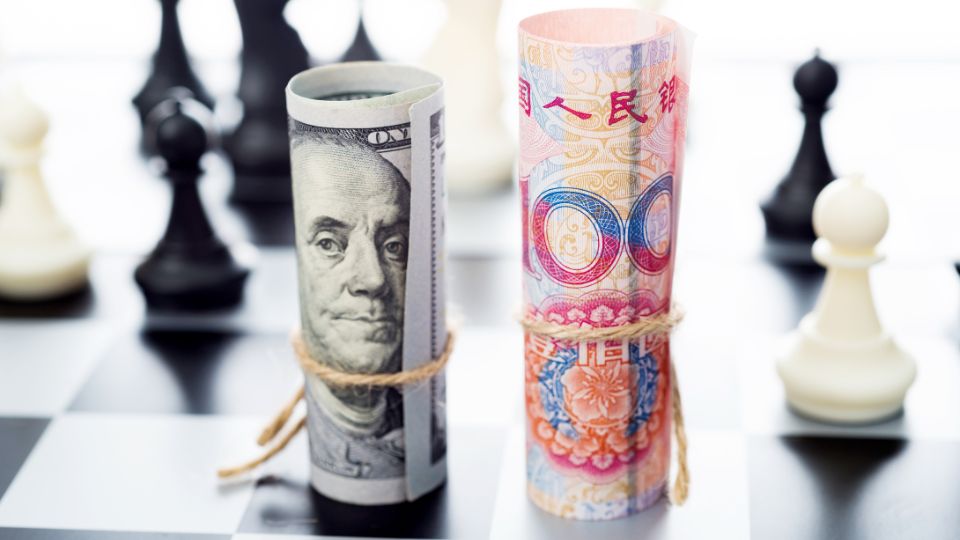
From a governmental viewpoint, the motivations behind these acquisitions are multifaceted. China’s role in the global gold market is both profound and pivotal, underscoring a strategic approach to its national reserves and economic security. Primarily, China aims to diversify its reserves away from the US dollar, reducing its vulnerability to fluctuations in the value of the dollar and potential geopolitical tensions.
There have been several recent geopolitical factors contributing to tensions between China and the US which has spurred Beijing’s investments in Gold versus Dollar assets. These geopolitical factors include low-level standoffs in the South China Sea along with existential issues related to relations with Taiwan, and Chinese economic support of Russia, Iran, and Sub-Saharan African nations. These issues along with the rising power of the BRICS economic block and the Belt and Road Initiatives have further strained US-China relations and strengthened Beijing’s resolve to move away from historical dollar hegemony.
From an individual Chinese citizen’s perspective, acquiring gold is seen as a means of safeguarding against economic volatility, providing a stable asset amidst global financial uncertainty. For example, individual investors are shifting away from residential development projects due to major upheavals in the Chinese real estate market.
This strategic accumulation of gold by one of the world’s largest economies has had a noticeable impact on global gold prices, contributing to the recent gold price surge. China’s actions reflect a broader trend of central banks increasing their gold reserves, which, in turn, reaffirms gold’s status as a cornerstone of financial prudence and economic resilience.
Related: Chinese Crypto Market Thrives Covertly Despite Crackdowns
Future Outlook and Challenges
Looking ahead, the trajectory of gold prices appears poised for continued strength, buoyed by the current economic and geopolitical climate. The convergence of loose monetary policies, escalating global debts, and persistent geopolitical tensions provide a fertile ground for gold’s valuation to flourish.
However, the path forward is fraught with uncertainties. Shifts in monetary policy, especially if central banks decide to tighten the monetary spigot, could temper gold’s rally. Additionally, resolutions to geopolitical conflicts could reduce the demand for safe-haven assets, impacting gold’s price momentum.
Despite these potential challenges, gold’s intrinsic value, coupled with its historical role as a hedge against inflation and currency devaluation, positions it as a resilient asset in the investment landscape. As investors navigate through these turbulent times, gold remains a beacon of stability and a testament to the enduring quest for security in an unpredictable world.


